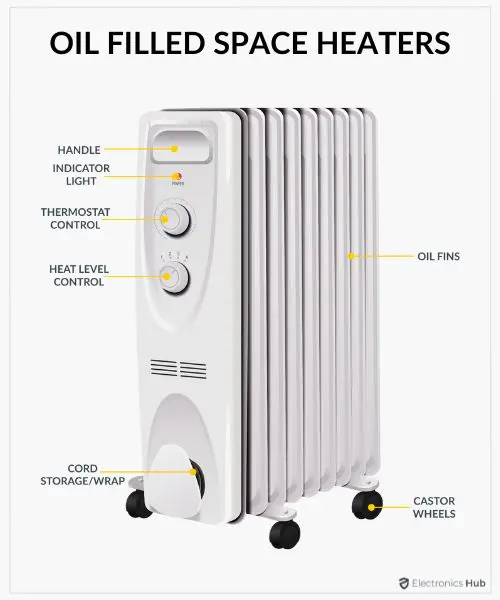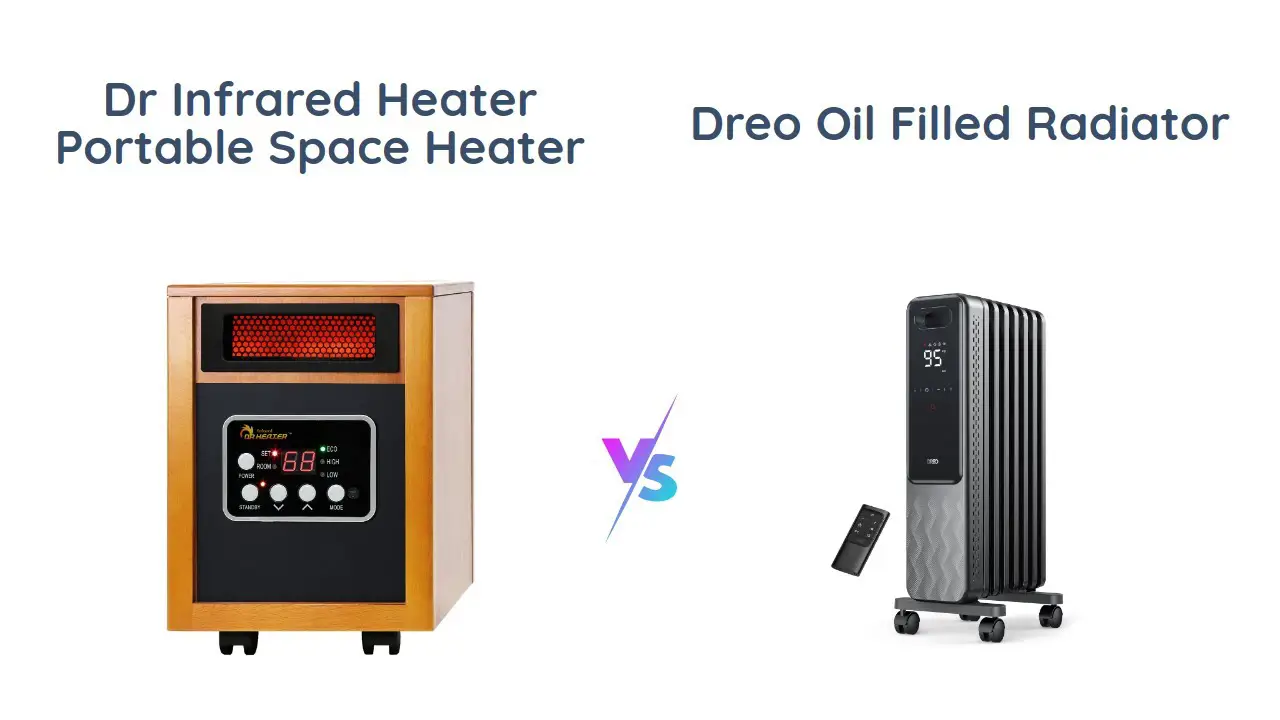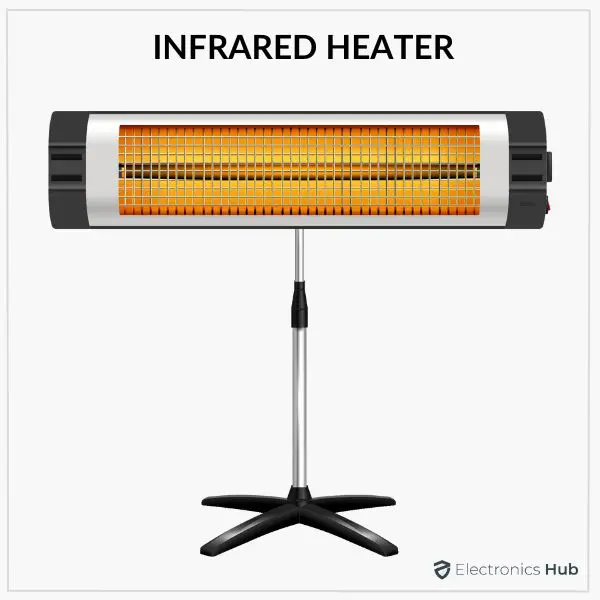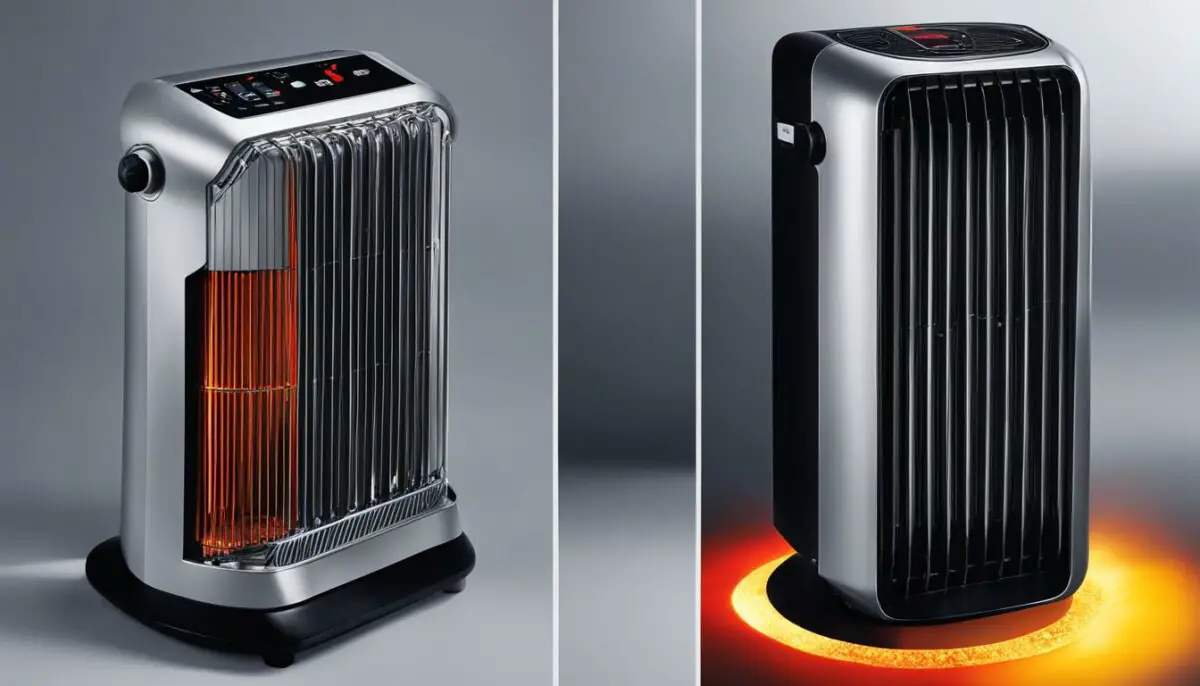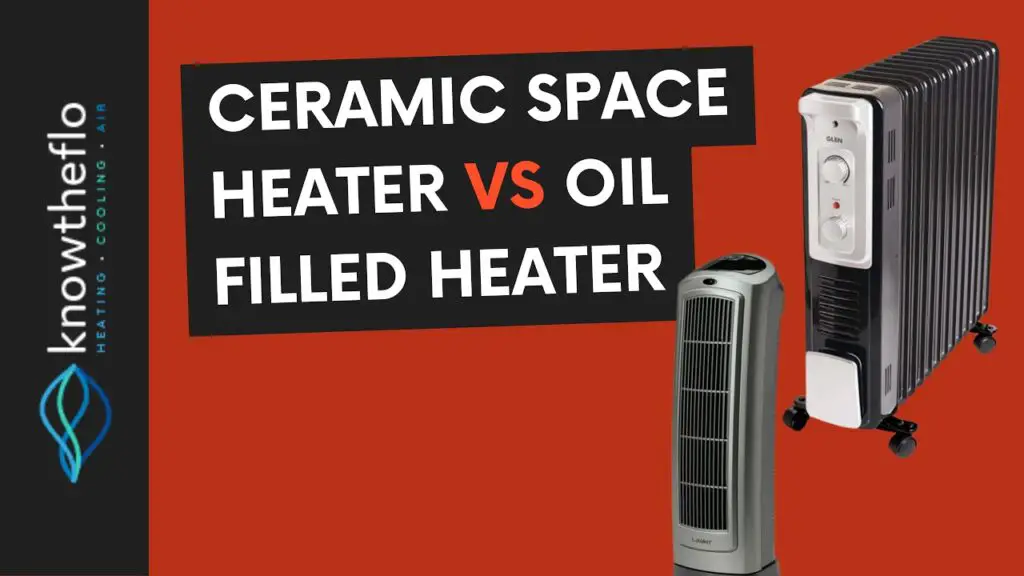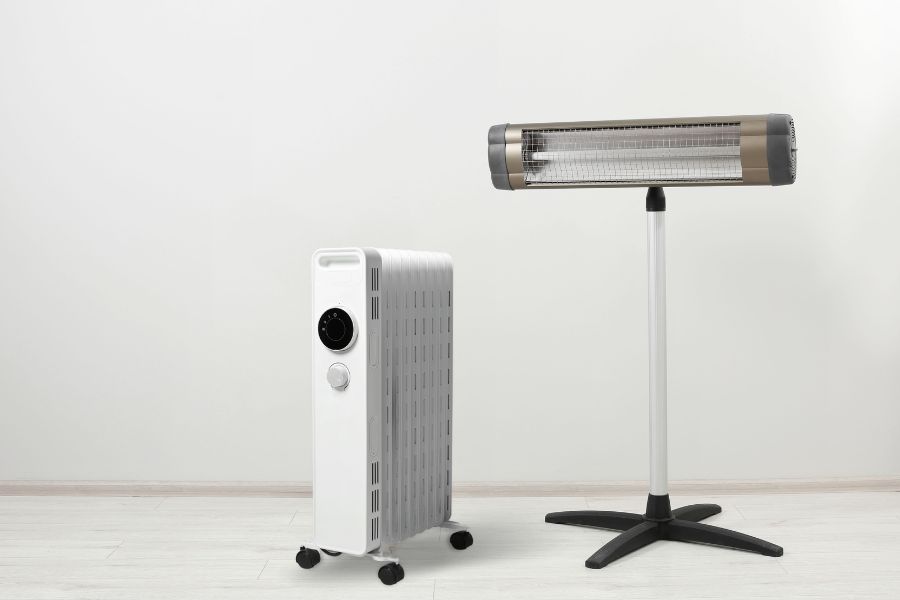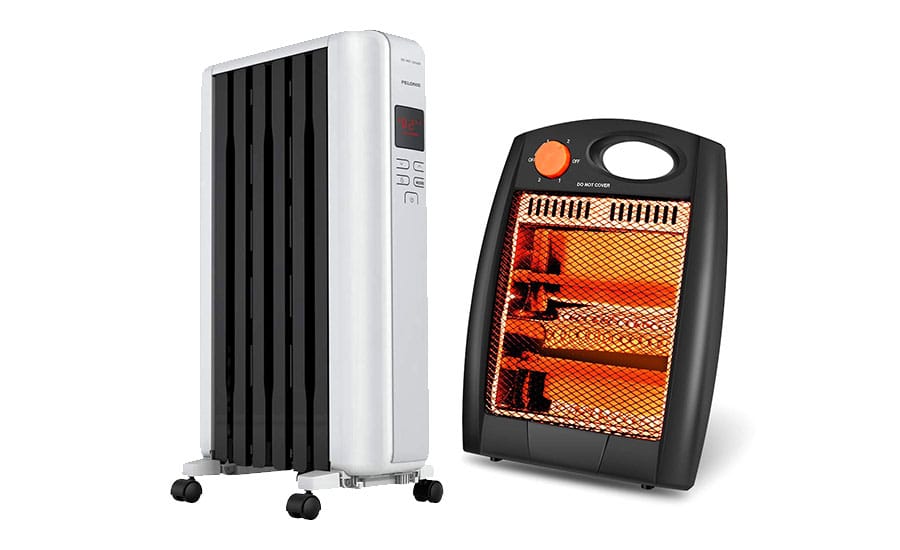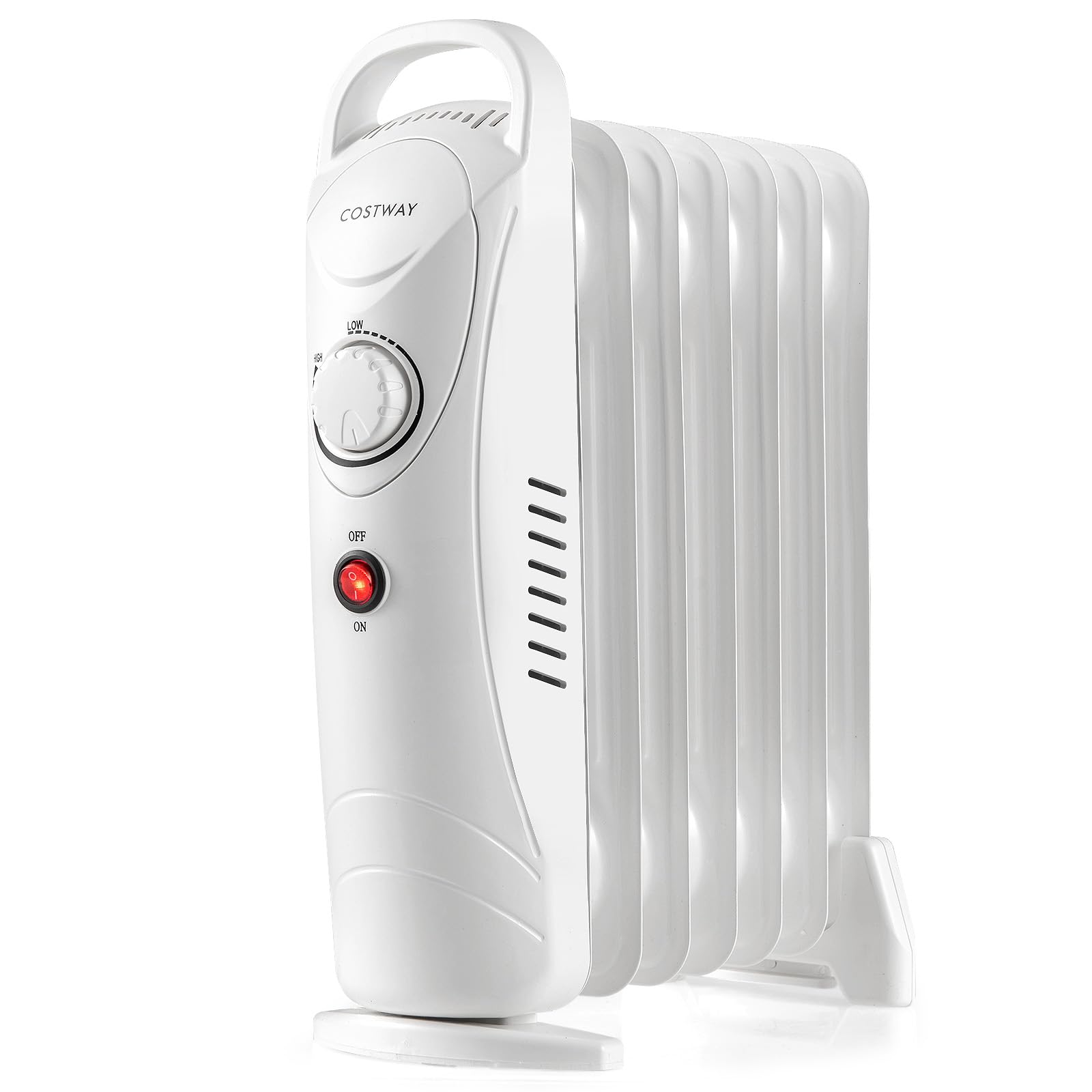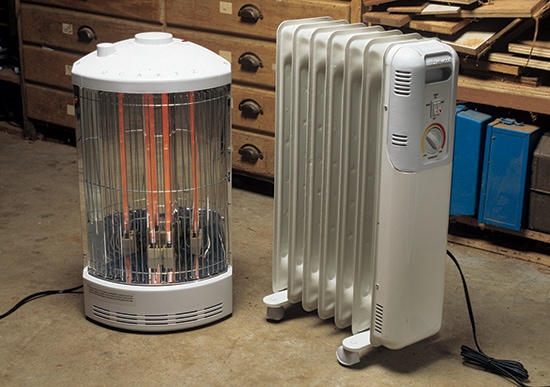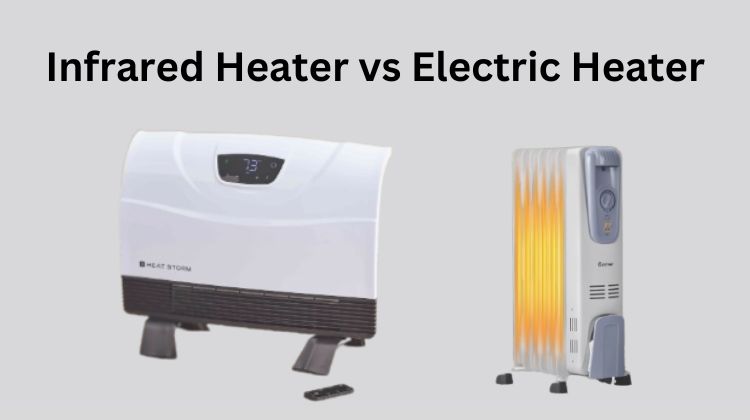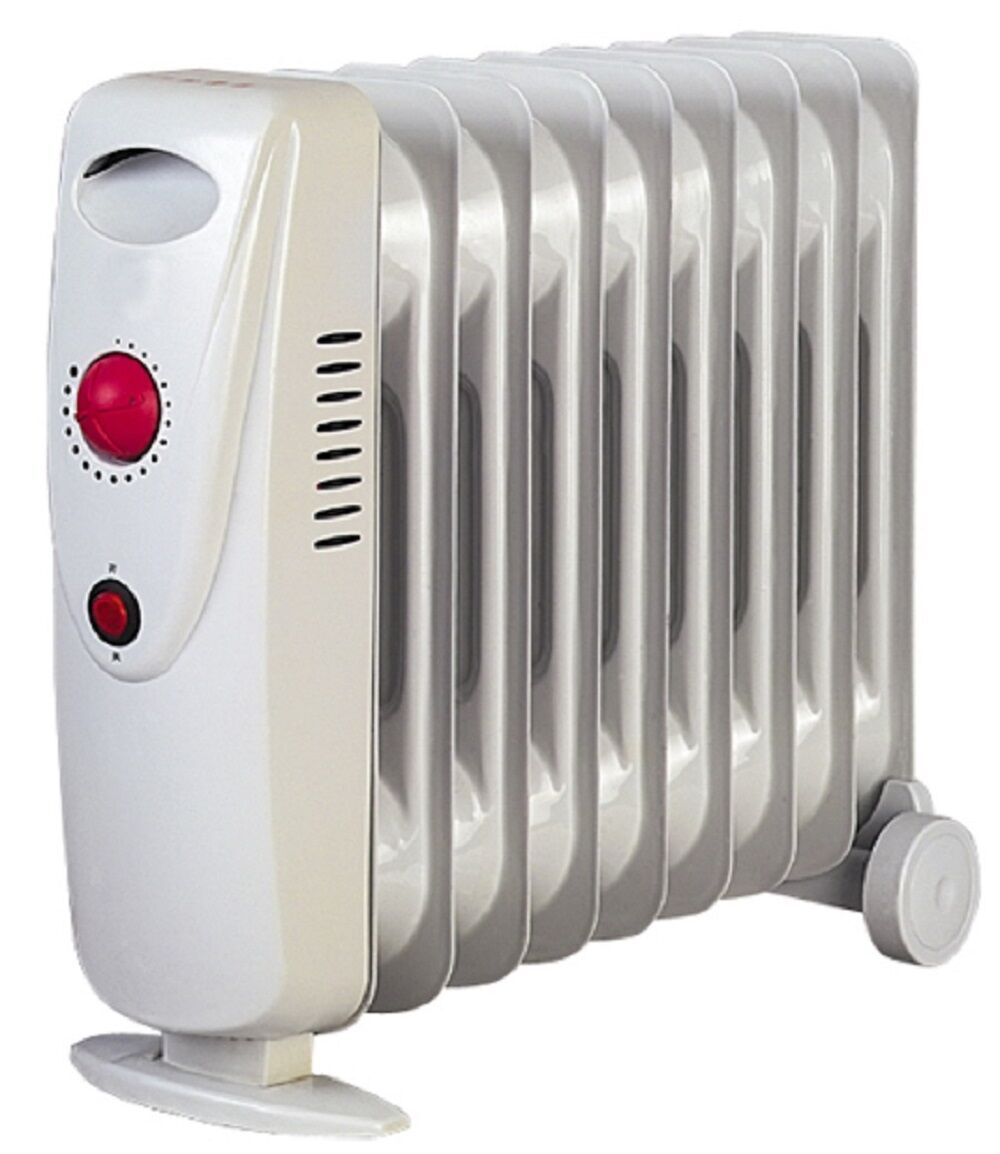Oil Filled Radiator Heater Vs Infrared Heater
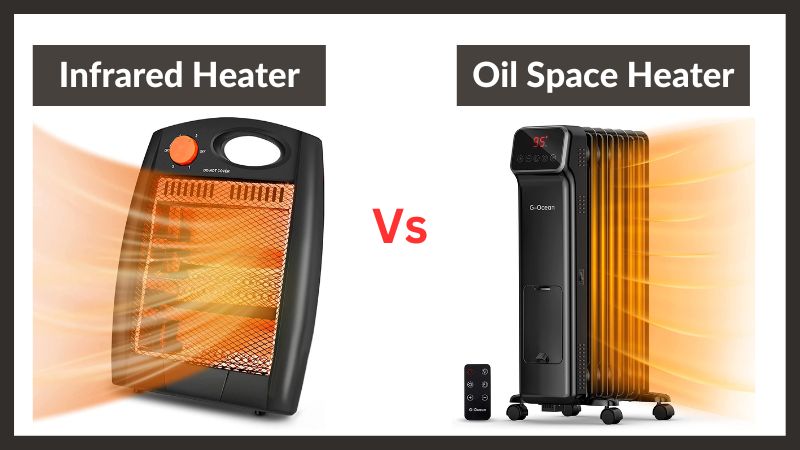
Imagine stepping in from a frosty winter evening, the air biting at your cheeks. You crave that immediate, enveloping warmth that melts away the chill. Two contenders stand ready to deliver: the steadfast oil-filled radiator heater and the radiant infrared heater. Which one will reign supreme in your quest for cozy comfort?
Choosing the right space heater can feel like navigating a maze of technical specifications and subjective preferences. This article aims to demystify the differences between oil-filled radiator heaters and infrared heaters, providing you with the information needed to make an informed decision for your specific heating needs.
A Tale of Two Heaters
Let's delve into the operational principles of each heater type, shedding light on how they generate and distribute warmth. Understanding the inner workings is crucial for appreciating their unique strengths and weaknesses.
Oil-Filled Radiator Heaters: Slow and Steady Wins the Race
Oil-filled radiator heaters operate on a simple, yet effective, principle. An electric element heats the oil inside the radiator, which in turn warms the metal surface of the heater. This warmth then radiates outwards, gradually warming the surrounding air through convection and radiation.
Their defining characteristic is the slow, consistent warmth they provide. Because the oil retains heat well, these heaters continue to radiate warmth even after the heating element has cycled off, leading to a more stable and even temperature.
The Environmental Protection Agency (EPA) acknowledges that radiant heaters can be more energy-efficient for specific scenarios, particularly in well-insulated rooms where the consistent heat output of an oil-filled heater can maintain a comfortable temperature without excessive energy consumption.
Infrared Heaters: Instant Gratification
Infrared heaters take a more direct approach to heating. They use infrared radiation to directly warm objects and people within their line of sight.
Unlike oil-filled radiators that heat the air, infrared heaters deliver targeted warmth, similar to the feeling of standing in the sun. This makes them ideal for providing immediate heat in specific areas, rather than warming an entire room.
According to the U.S. Department of Energy, infrared heaters are particularly effective in drafty or poorly insulated spaces where convection-based heating would be inefficient, as they directly heat individuals and objects, minimizing heat loss to the surrounding air.
Weighing the Pros and Cons
Each heater type comes with its own set of advantages and disadvantages. Consider these factors when making your decision.
Oil-filled heaters are often praised for their quiet operation and ability to maintain a consistent temperature. However, they take longer to heat up and can be bulky.
Infrared heaters, on the other hand, offer instant heat and are typically more compact. Their focused heat may not be suitable for heating larger areas, and some models can emit a visible light that some users find distracting.
Cost is also a factor, the initial purchase price of these devices are often similar. However, running cost depends on how they are used. In a well-insulated room, the consistent heat of oil-filled heaters is more energy efficient.
Safety is paramount, regardless of the heater type. Always ensure the heater is placed on a stable, level surface and kept away from flammable materials.
Finding Your Perfect Fit
Ultimately, the best heater for you depends on your individual needs and preferences. Do you prioritize immediate warmth or consistent, long-lasting heat? Are you heating a small, drafty space or a larger, well-insulated room?
Consider how you plan to use the heater, the size of the space you need to heat, and your budget. By carefully weighing these factors, you can confidently choose the heater that will transform your chilly evenings into cozy retreats.
